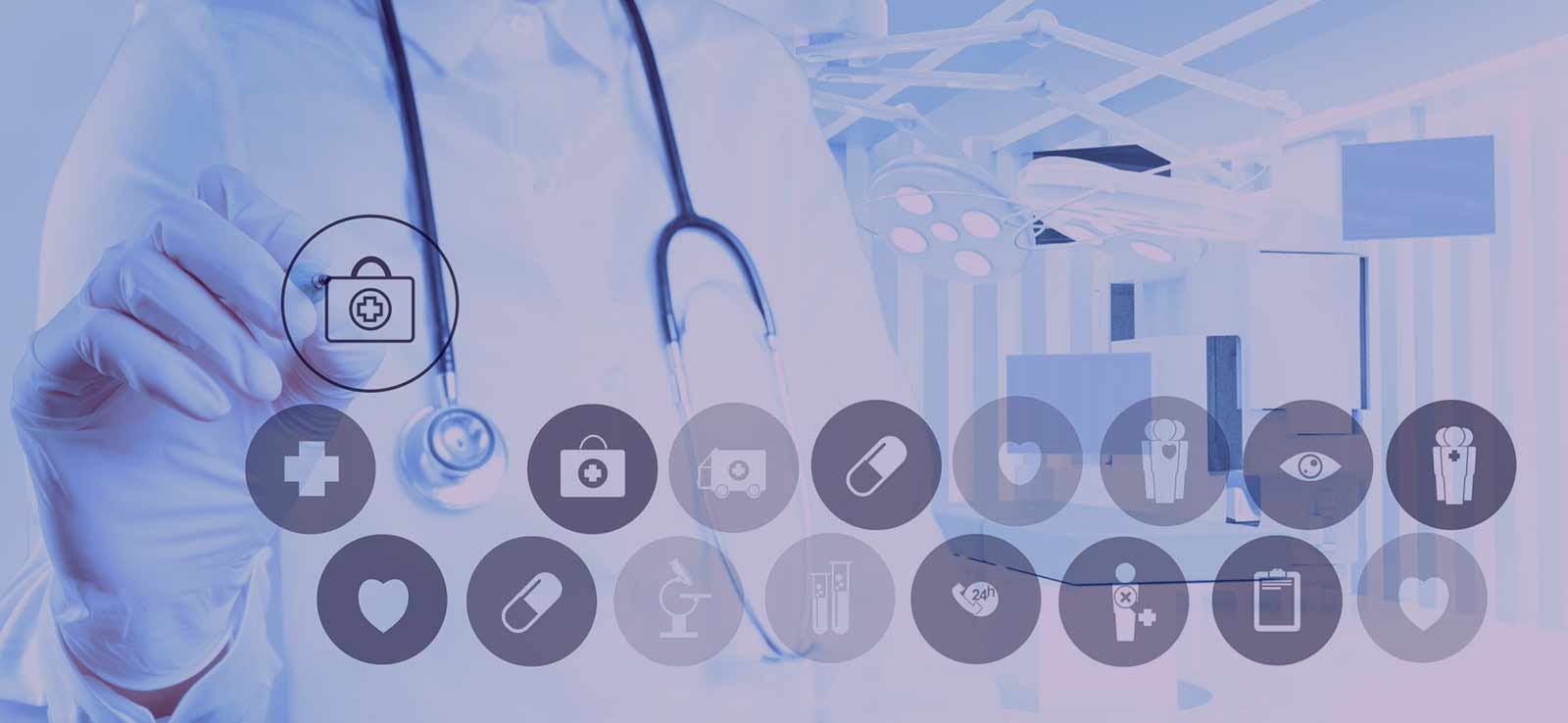
Decoding the potential of Robotic Process Automation in healthcare
Digital Workforce recently attended Healthcare ADP-days 2016, a convention about IT in healthcare, and organised a private side event for a selected group of conference goers. The cocktail hour was used to present the findings of a newly published research that measured Finnish healthcare workers’ work-time distribution, and with Birmingham University Hospital’s IT director, Stephen Chilton, who shared his experiences using RPA to boost the hospital’s operational efficiency.
The cocktail hour was opened by Digital Workforce co-founders who also presented the findings of their Tekes funded research.
The study found that over 70% of healthcare professionals felt that the time they used to perform IT-based routine tasks was away from patient care, and that 30% of doctors used more than six hours per shift navigating and registering information on different IT-systems.
Answers given by the 5754 respondents revealed the amount of routine knowledge work to be on the rise. Moreover, much of the healthcare professionals’ time was spent on double registrations due to the inadequate integrations between various systems. The research concluded the price of double registrations – based on direct salary costs within the nine studied healthcare districts – to be around €54M, and that around 2-10% of knowledge work, currently done by healthcare professionals, could be automated. This level of automation would generate savings of around €300M-600M in Finland and help to allocate healthcare resources to patient care and other core activities.
The presentation by Stephen Chilton further demonstrated the potential of RPA through practical examples.
The Hospital served around 900 000 patients over the past year (2015) and the number is expected to keep rising in the future. According to Chilton, utilizing RPA has made it possible for the hospital to handle the increasing number of patients with their existing manpower and without increasing the size of their digital workforce at a comparable rate.
Looking for a cost-effective solution to manage IT functions, the organisation had been challenged to find something that would fit their needs. Finally, in 2007, a small company called Blue Prism, a newcomer to healthcare, came up with a suggestion. Since then, RPA has proved its functionality by being self-sufficient with competency development, supporting a growing number of processes and transaction types as well as greater volumes.
Chilton told a story from 2010 when issues with the new hospital front desk design had posed a serious question: How to check in 2000-2500 patients a day with just two registration desks? As a response, a new kiosk-like check-in system, completed with RPA software was set up. The solution was found highly successful and became a commercial innovation on its own. Nowadays the solution is sold to other organisations, yielding royalty fees to the innovative hospital.
In another example, Chilton explained how the performance framework of the hospital is monitored centrally by the NHS & the Department of Health. The data is gathered via an in-house or commercial system to be delivered to the national system. However, as the national system is a closed environment, the hospital couldn’t share their data directly from their systems. Instead, dozens of people had to manually insert the information into the national system. RPA technology took over the task, generated savings, increased efficiency and eliminated costly errors. In addition, RPA was used to download referral letters, test results and examination notes of patients who were being referred to Birmingham via national systems.
Chilton pointed out that information from different systems needs to be well integrated, but the prices of commercial vendors are often very high. For example, Birmingham University Hospital used a stock control system for drugs while the drugs were physically in a warehouse controlled by a second warehouse system. Both of these systems were found to be incompatible and vendors were contacted about developing an integration between the systems. The two organizations came out with a proposal of 6-month development time and prize of 20000 GBP per vendor. After politely declining the offer, Birmingham University Hospital implemented RPA to automate information flow between the two systems. The project was finished within 8 days with a fraction of the price. Chilton has approximated that in 2016 RPA will save their hospital £175 000 every hour in labour costs and a further £1,7M-2,2M in cost avoidance.